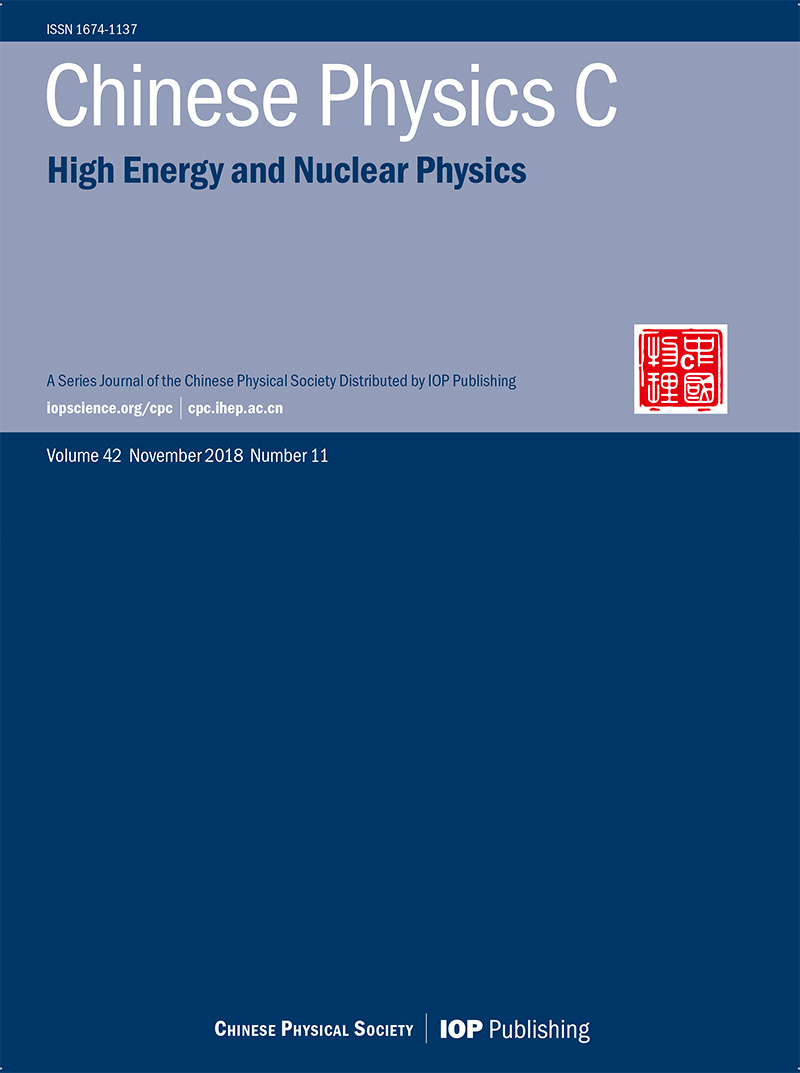FUTURE PHYSICS PROGRAMME OF BESIII
The BESIII experiment studies particles produced in electron-position annihilations at center-of-mass energies between 2.0 and 4.7 GeV. This is a very special energy region that includes the pair production thresholds for tau-leptons, charmed mesons and baryons, and all of the strange hyperons. In addition, it includes the J/psi resonance that has a huge cross section that straddles the energy region where particle reactions transit between long-distance light-hadron resonance production and short-distance quark- and gluon-mediated processes. It supports a program of BESIII studies of standard light quark-antiquark mesons and three-quark baryons, and possibly new sources of CP violation in strange hyperon decays, and also searches for exotic QCD structures such as glueballs and quark-antiquark-gluon hybrids. Operation at the psi(3770) resonance produces large numbers of charmed D mesons in environments that are well suited for precision studies; it is also a source of quantum-entangled charmed D0-anti-D0 meson pairs that are used for unique quantum-interference measurements of strong interaction phases that are essential input for the characterization of the Standard Model mechanism for CP violation. Studies of the decays Y(4260) resonance resulted in the discoveries of the non-standard Zc(3900) and Zc(4020) tetraquark meson candidates and a strong radiative transition to the X(3872). Recently the maximum accessible energy has been increased from 4.6 to 4.7 GeV, which has made high precision studies of the decays of the Λc, the lightest charmed baryon, possible. This special issue summarizes the past achievements of physics outcomes at BESIII and present a detailed survey of the important topics in tau-charm physics that can be further explored at BESIII over the remaining lifetime of BEPCII operation.
ISSN 1674-1137 CN 11-5641/O4
Original research articles, Ietters and reviews Covering theory and experiments in the fieids of
- Particle physics
- Nuclear physics
- Particle and nuclear astrophysics
- Cosmology
Author benefits
- A SCOAP3 participating journal - free Open Access publication for qualifying articles
- Average 24 days to first decision
- Fast-track publication for selected articles
- Subscriptions at over 3000 institutions worldwide
- Free English editing on all accepted articles
News
- The 2021 Chinese New Year-Office closure
- 2020 CPC Top Reviewer Awards
- The Most Influential Paper Award of Chinese Physics Society in 2020
- CPC authorship won the “IOP Publishing awards top cited Chinese authors”
- Notification to our authors – Delay in the production process
Meet Editor













